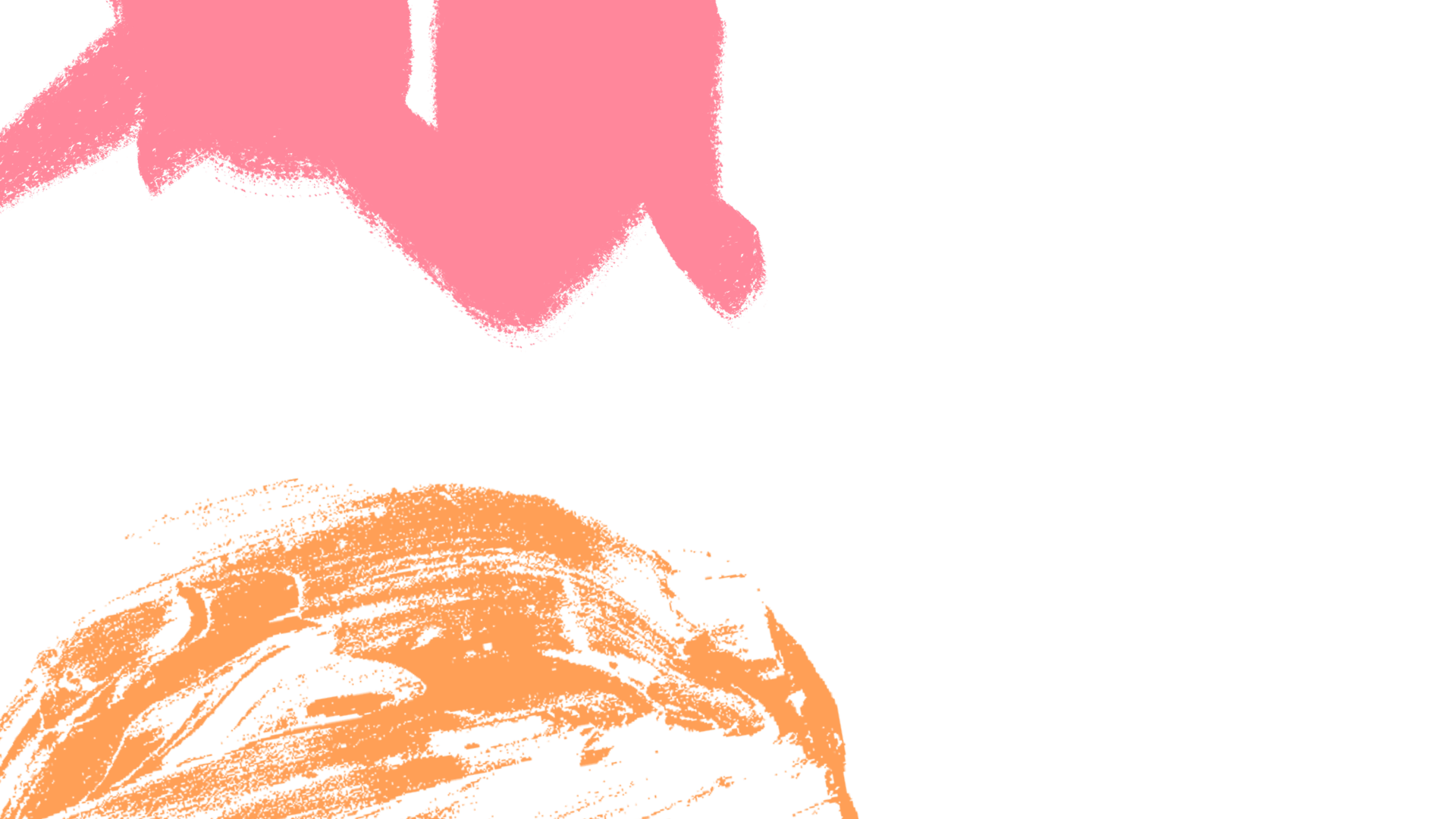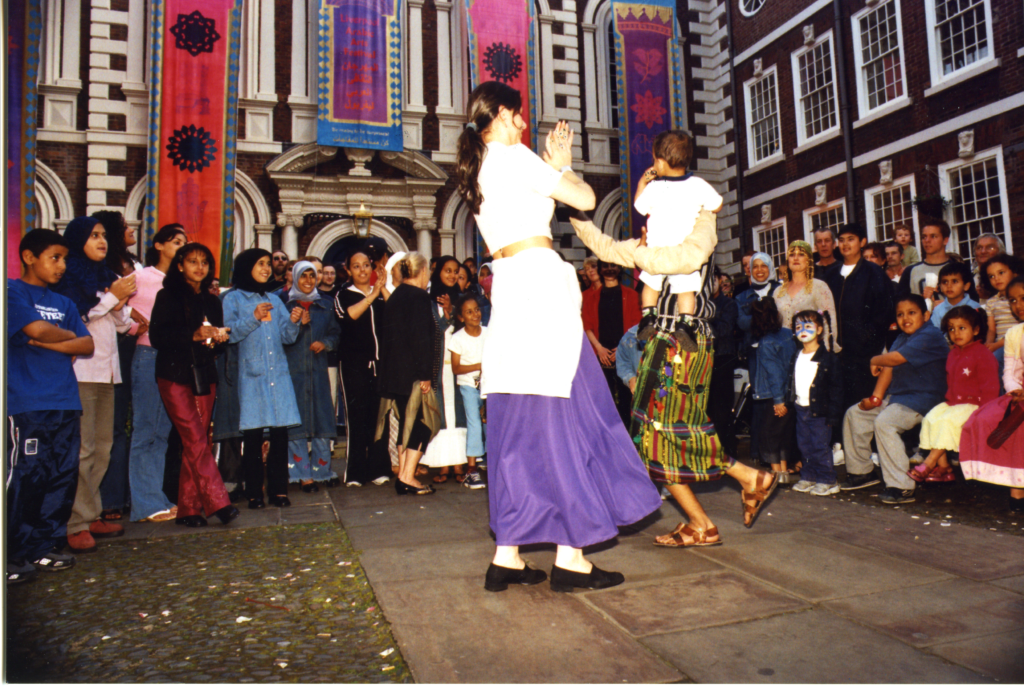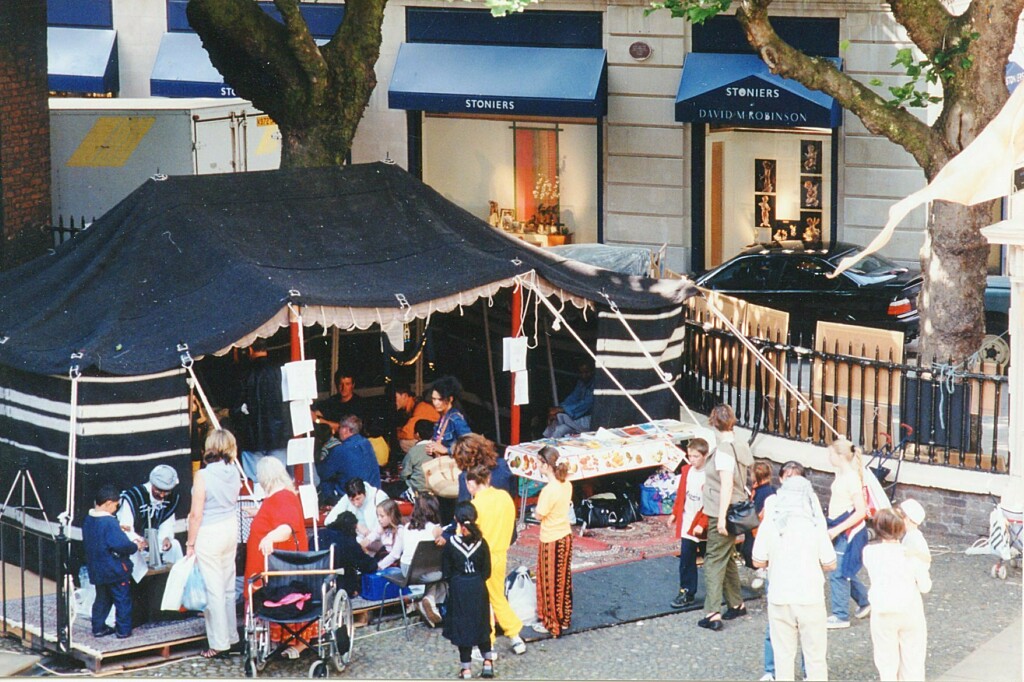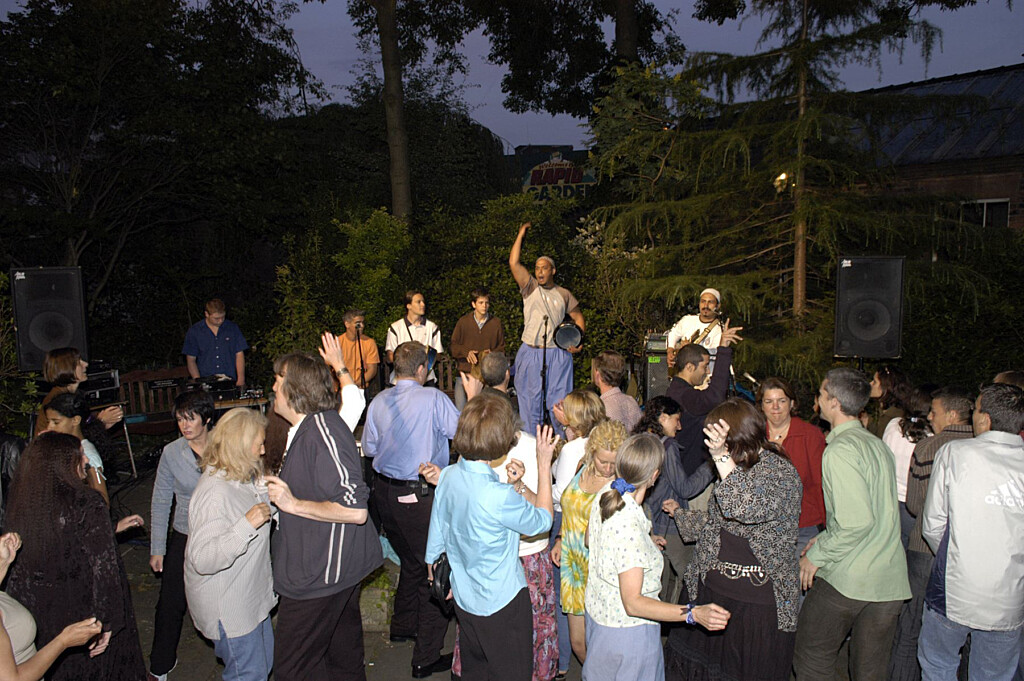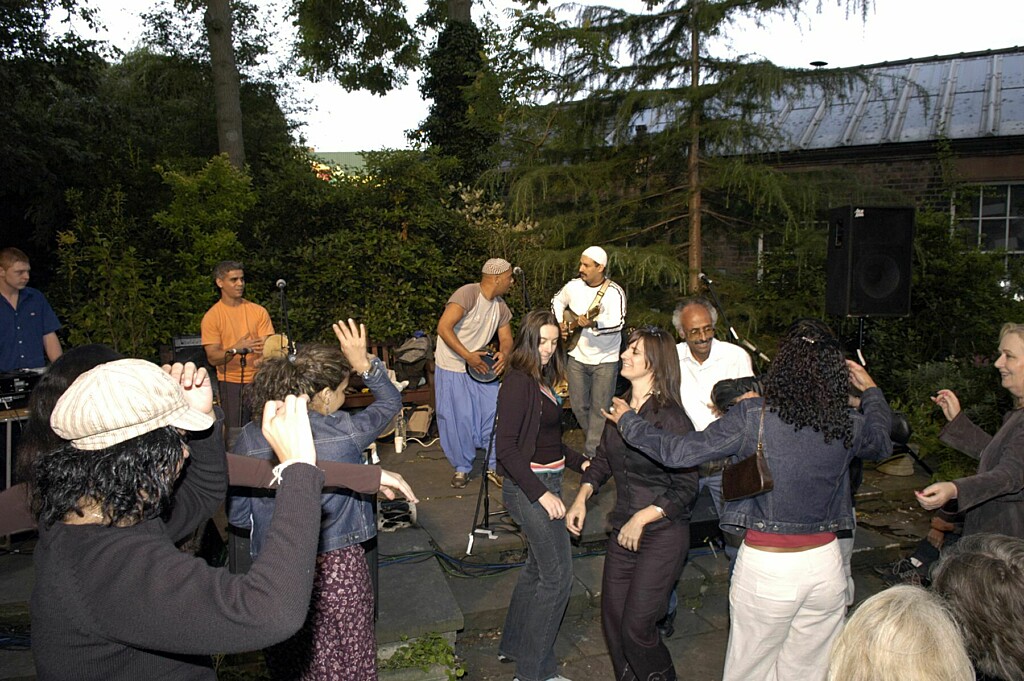In 1998 the Bluecoat promoted a summer evening’s music performance by Palestinian oud player, Adel Salameh. To attract a local audience, we needed Arabic translation of our publicity and turned to the Liverpool Yemeni Club (known at the time as Nadey Al Cul, 'a club for everybody') for assistance. This led to a partnership between the two organisations to develop our shared interest in Arab culture, resulting in a weekend event, 'Nadey Al Bluecoat' in 2000.
Building on the success of the Weekender we decided to make it into a festival in 2002 and, with financial support from Arts Council England and the trade union Unison, we launched the event at St George’s Hall. Liverpool Arab (originally Arabic) Arts Festival has since grown into a significant fixture on Liverpool’s cultural calendar, with a reach far beyond the city region.
From its initial partnership with the arts centre, the festival became an independent organisation but has continued to maintain close ties with the Bluecoat and, when the building reopened following a major capital development in 2008, LAAF were one of the first tenants and they continue to be based here today.
As the 2023 festival is launched, marking LAAF's 25th anniversary, our Director of Cultural Legacies, Bryan Biggs selects five festival highlights from the past quarter of a century.
1. Family Days at the Bluecoat
Before this popular event moved to its regular Sunday slot in the Sefton Park Palm House, it used to take place on a Saturday at the Bluecoat, taking over many of our spaces, including the front courtyard and garden. While LAAF has always had a strong international representation of artists, it is also rooted in the community, and the family days were the most visible expression of this, with dance, music, stalls, food, displays, children's workshops and other activities. One year, a Bedouin tent on loan from the British Museum occupied part of the courtyard, hosting storytelling, dancing and other participation activities.
2. The Bluecoat garden
Although our first Arab music concert, by Adel Salamey, was scheduled for the Bluecoat garden, it had to be brought indoors because of rain. However, the sun has generally shone on festival days and there have been many memorable evenings in the lush garden. Before the Liverpool ONE development, there was no noise from neighbouring bars, and the space felt like an oasis of tranquillity in the heart of Liverpool. In 2004, Momo (Music of Moroccan Origin) brought their unique blend of Berber and Gnawa traditions and electronic dance beats to an enthusiastic audience, as shown in these images.
3. The Freedom Hour
For the 2011 festival, the Bluecoat hosted 'The Freedom Hour' in its central public area and cafe, the Hub. Earlier that year, the Arab Spring had sparked a wave of uprisings and challenges to the status quo across the Middle East. To reflect this revolutionary moment, every day during the eight-day festival there was a dedicated hour when a forum of invited guests and the public discussed current affairs, freedom and culture, sometimes informed by the events happening that day. The Freedom Hour format continued in subsequent festivals.
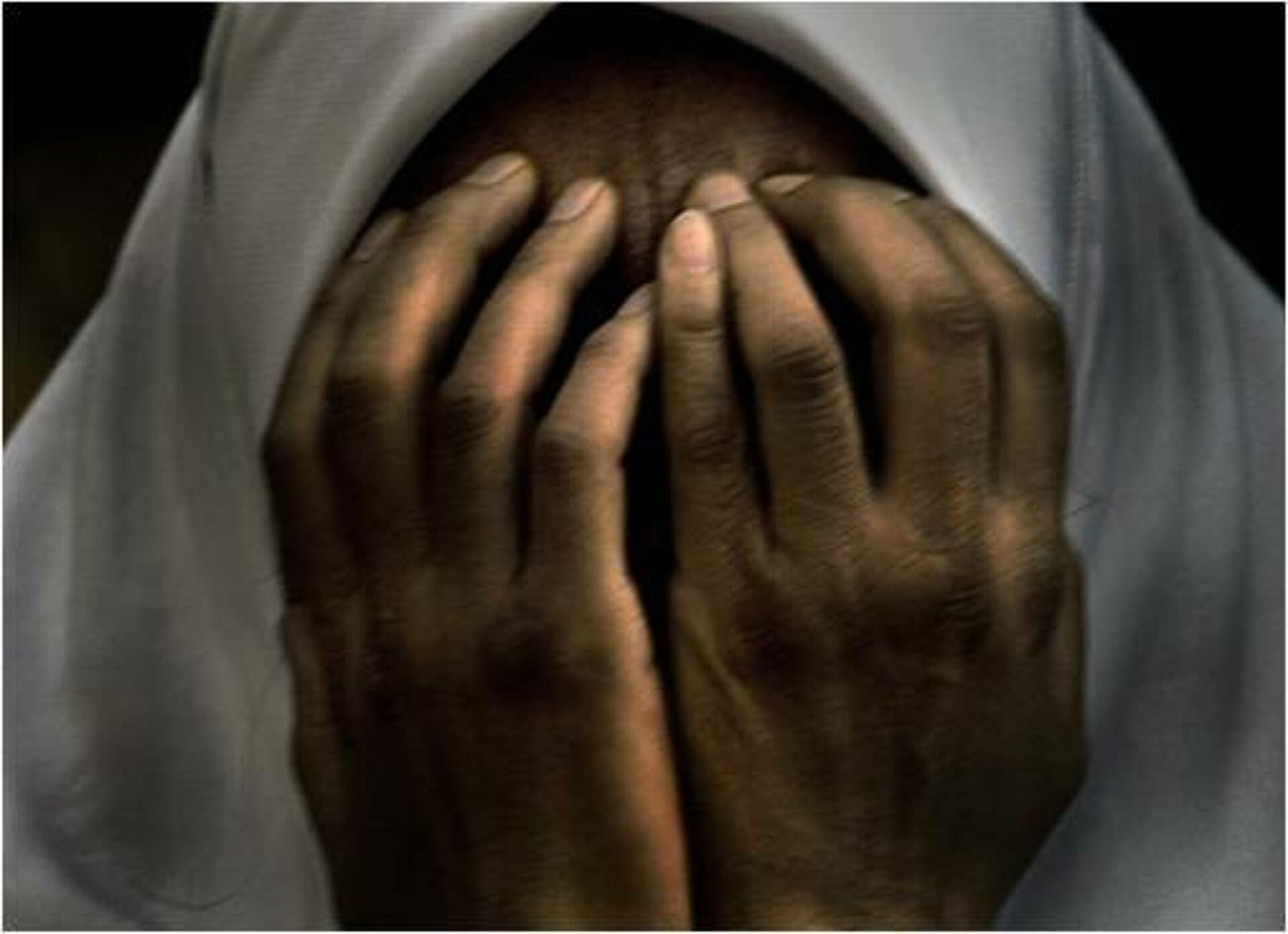
4. New Ends, Old Beginnings
The Bluecoat already had a long track record of showing contemporary art from the Arab world in its gallery and the festival has provided the perfect accompaniment to several specially curated exhibitions. These started in 2008, in the first year of our new gallery and during Liverpool’s year as European Capital of Culture, with New Ends, Old Beginnings, guest curated by November Paynter. Eleven artists, including Can Altay, Lara Baladi and Michael Rakowitz occupied the spaces with a show that presented varied responses to the local and every day in the Arab region, a counterpoint to the image presented by the world's media.
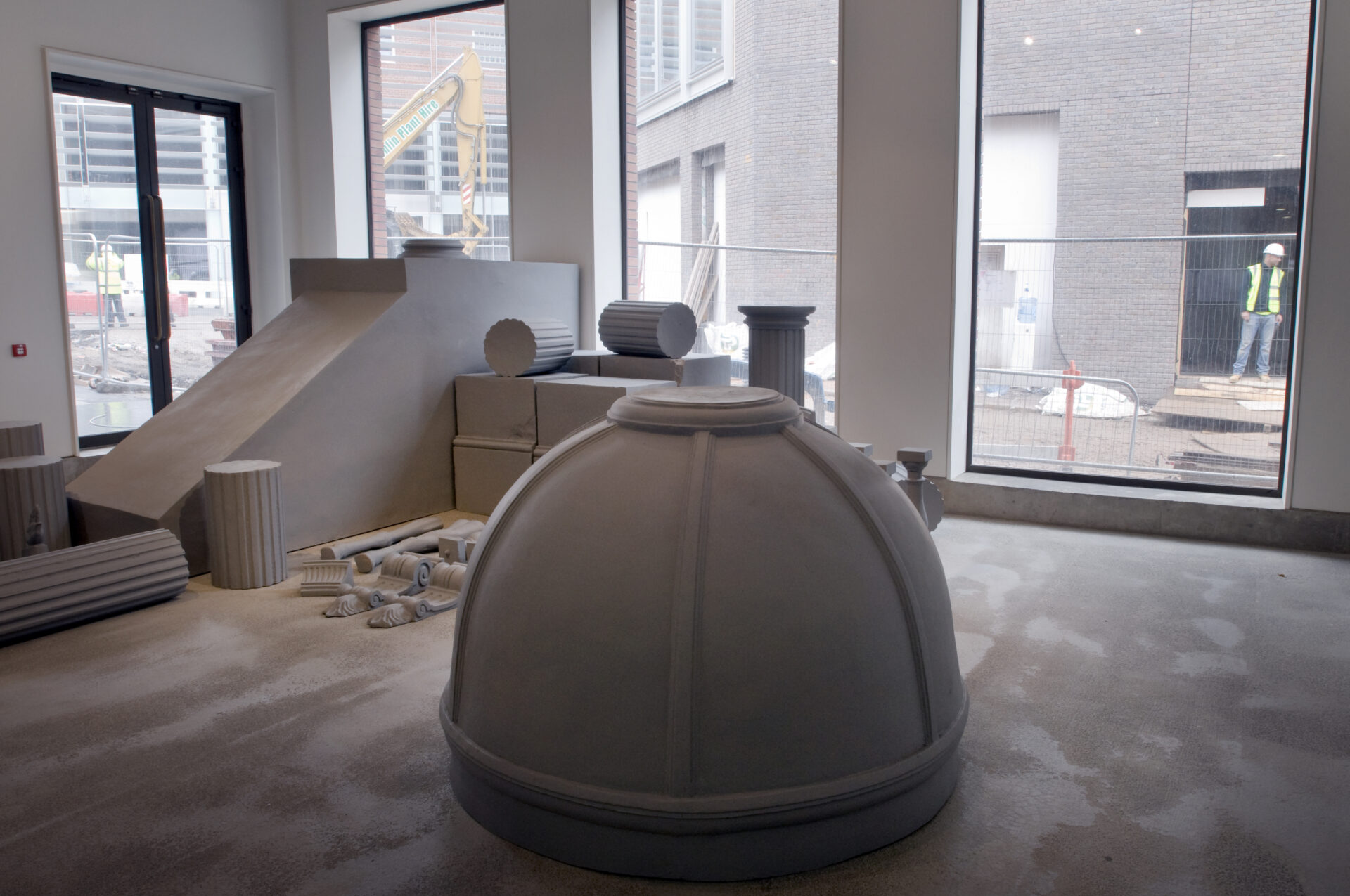
5. Arabicity: Such a Near East
The Bluecoat's curator Sara-Jayne Parsons selected another group show I exist (in some way) in 2013 featuring another eleven artists, all of them working within photographic media, many of them surviving in precarious situations. The political tensions of the region were also to the fore in Arabicity: Such a Near East (2010), guest curated by Rose Issa who introduced work that 'celebrates life and is tinged with nostalgia ... and also reflects the pulse of the region. In chaos they discover what endures.' A highlight of Arabicity was Ayman Baalbaki's Destination, created during a residency at the Bluecoat. A metaphor for migration, it comprised a car, piled high with a person’s belongings, set on a revolve, so it rotated slowly as if in a car showroom and was visible from the street through the large gallery windows facing College Lane.
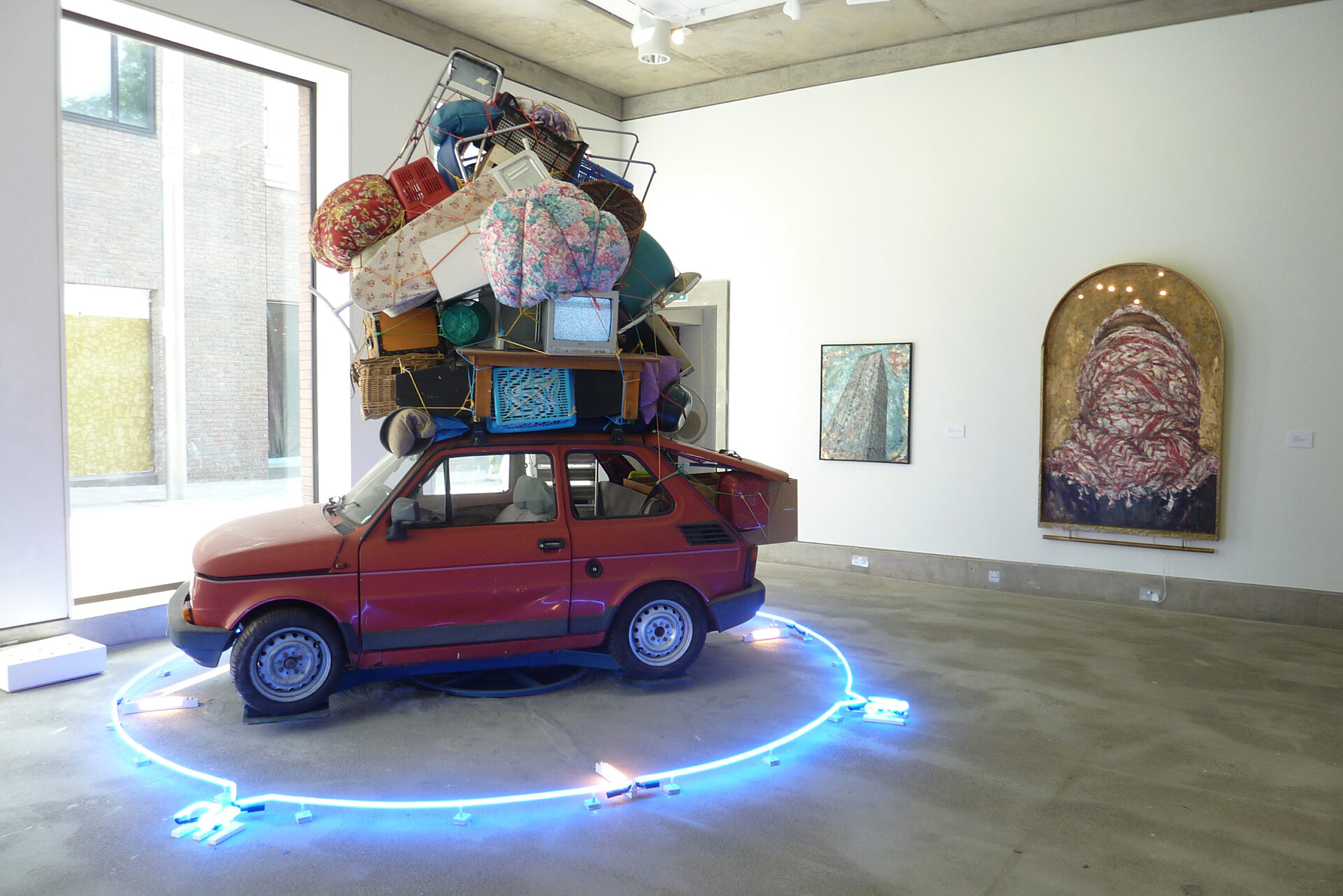
In 2017 the Bluecoat hosted an in-conversation between Bryan Biggs and the chair of LAAF, Taher Qassim reflecting on the festival’s development. A recording of this, illustrated with a slide presentation, is available here.
